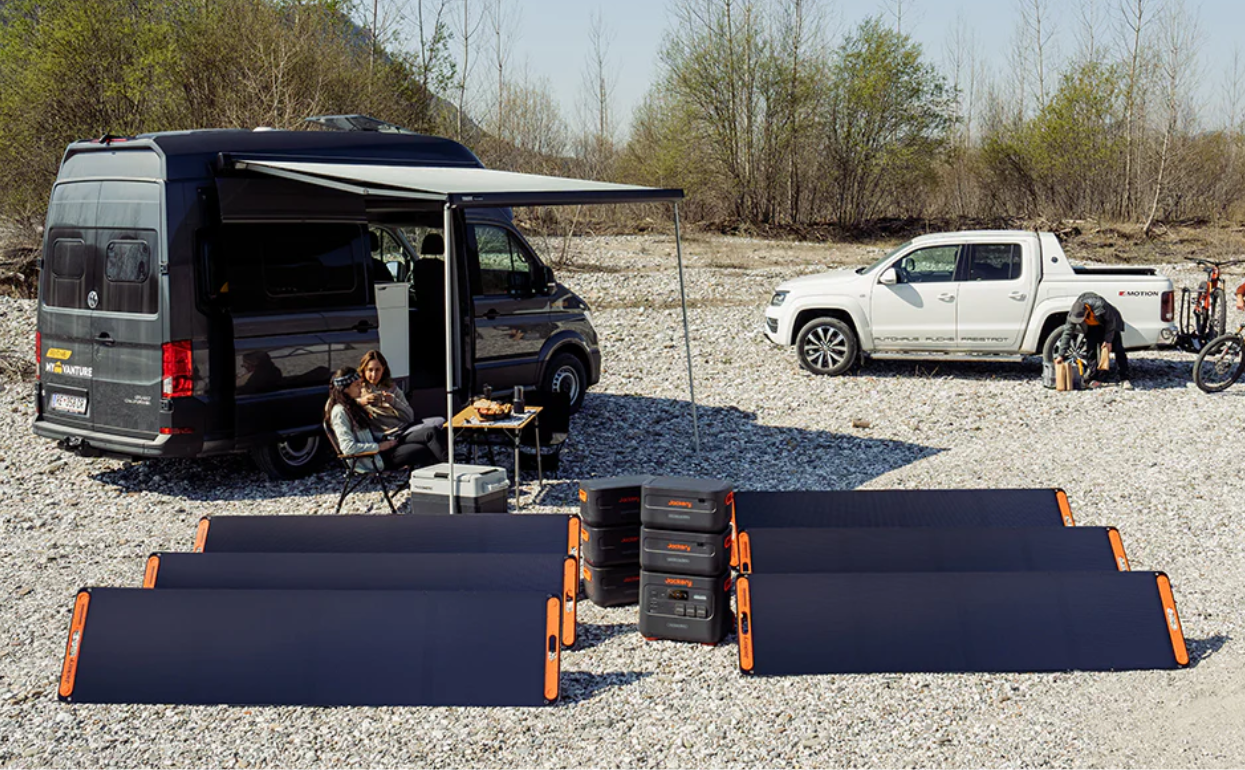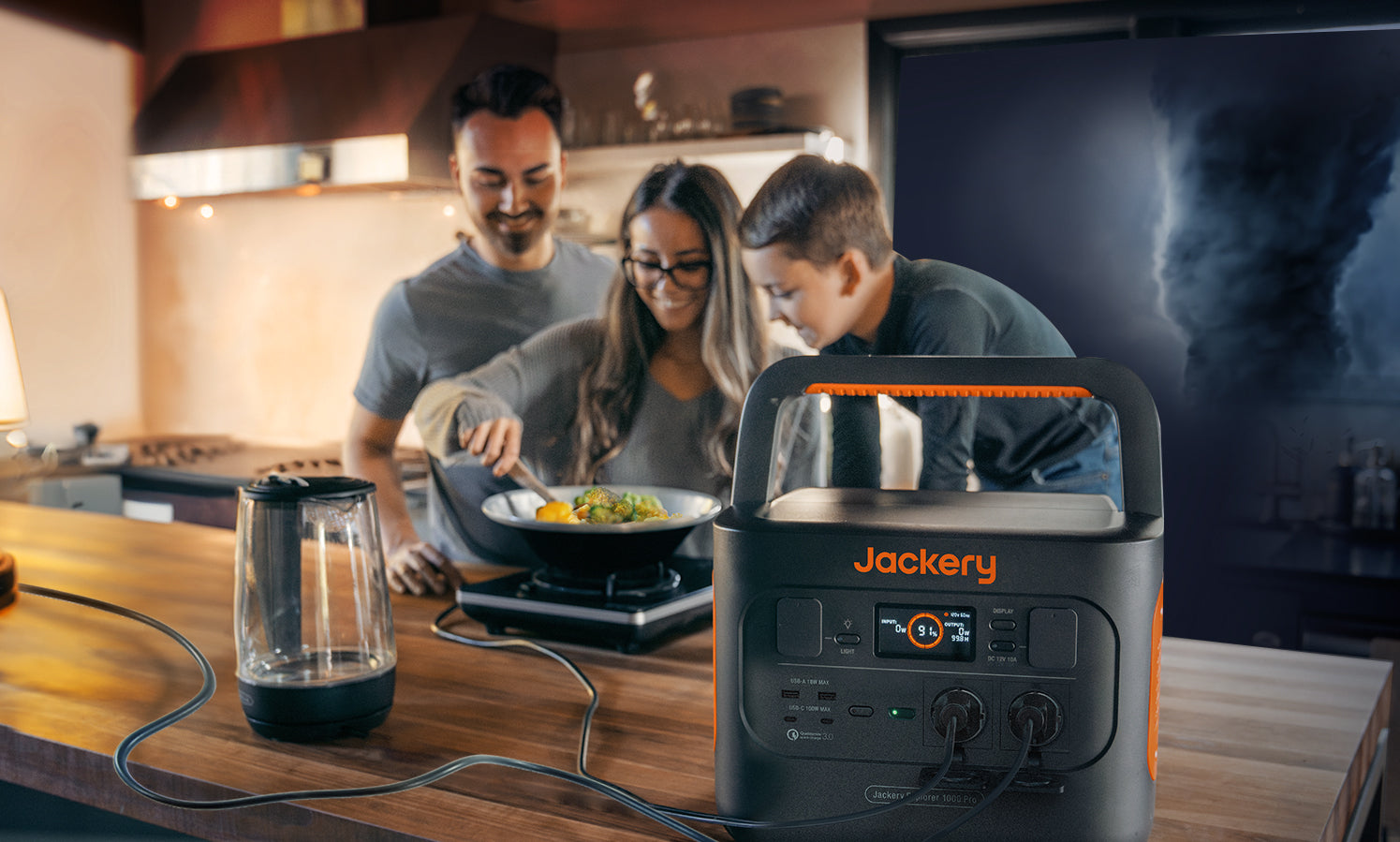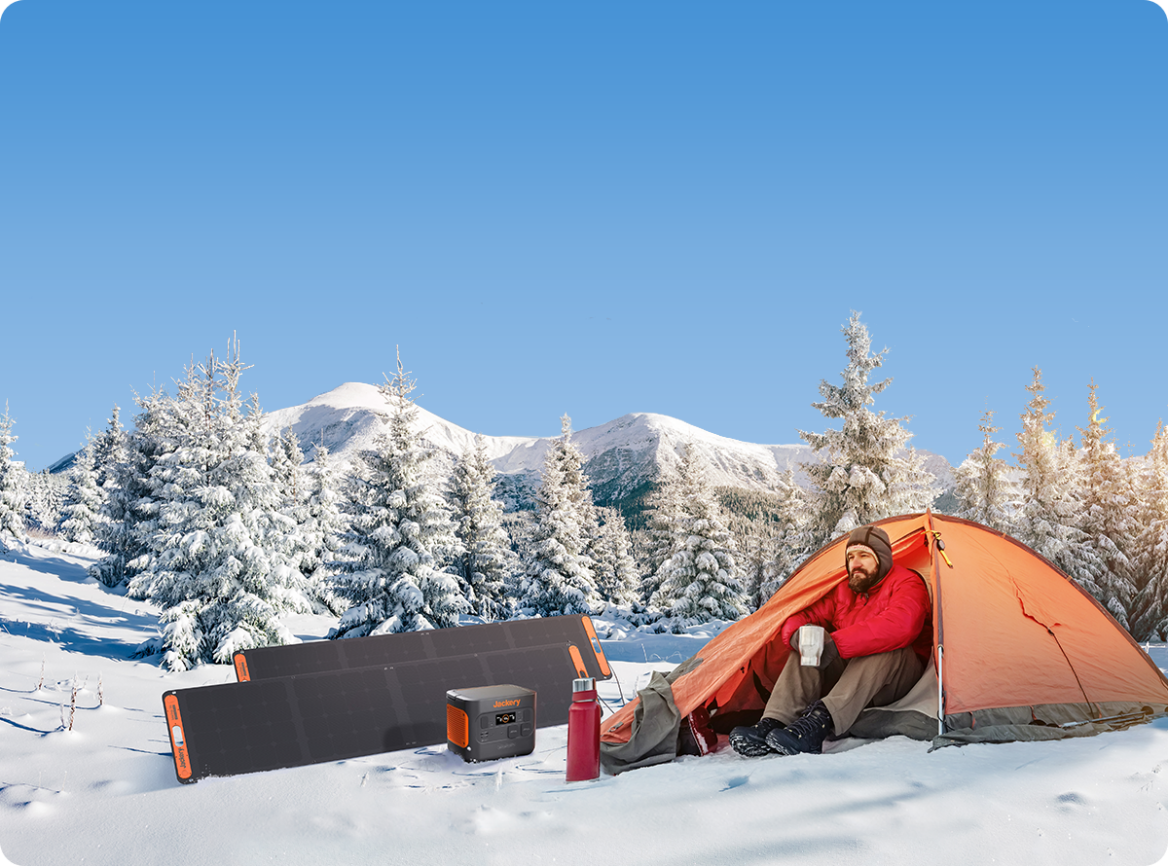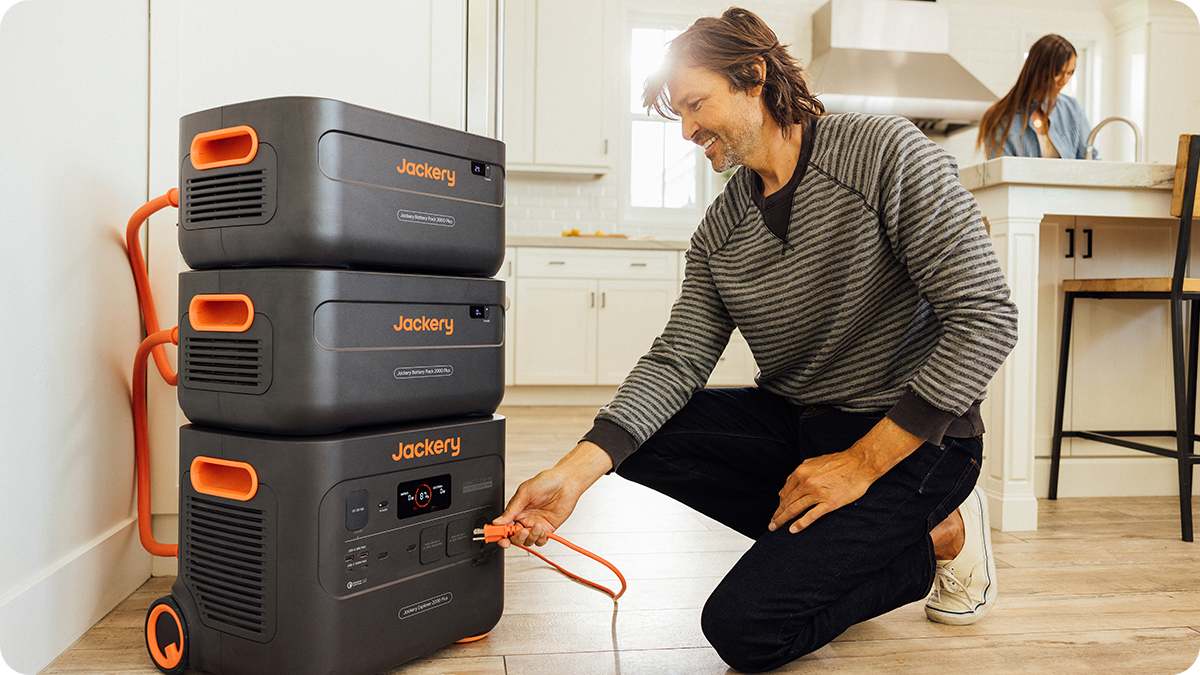Power Needs for Overland Campers
Understanding the specific power needs of overland campers is crucial to ensure a smooth and enjoyable adventure. Reliable power enables you to operate essential devices, stay connected, and enjoy comforts that enhance your experience.
Common Power Devices
When travelling with sprinter campers, various devices are essential for convenience and safety. Some of the most common include:
· 12V Fridge: Keeps food and beverages fresh, preventing spoilage during extended trips.
· LED Lights: Essential for visibility and nighttime activities, these are highly energy-efficient and versatile.
· Fans: Crucial for maintaining comfort in hot climates, particularly in enclosed spaces like camper vans or tents.
· Phone and Laptop Chargers: Ensures uninterrupted communication, navigation, and entertainment.
· Cameras and Drones: Perfect for capturing stunning landscapes and documenting the adventure.
· Cooking Appliances: Devices like portable stoves, electric kettles, or induction cooktops bring home-like convenience to the wild.
· Water Pumps: For those who carry onboard water tanks, pumps provide a convenient way to access water for cleaning or cooking.
Power Consumption Estimates
Planning power usage begins with estimating the energy needs of your devices. Below are average daily consumption estimates for common devices on overland campers:
· 12V Fridge: Typically consumes 40-60W (equivalent to 960-1440Wh/day when running continuously).
· LED Lights: Consume 5-10W per bulb, translating to 50-100Wh/day for 5-10 hours of usage.
· Phone Charging: A single charge uses approximately 10W; two charges daily consume around 20-40Wh.
· Laptop Charging: Requires 50-100W per charge, resulting in a daily consumption of 100-200Wh for moderate use.
· Fans: Operate at 30-50W and may consume 120-200Wh/day depending on the duration of use.
· Cooking Appliances: These high-power devices use 500-1000W but are typically used for shorter durations, resulting in daily consumption of around 500-2000Wh.
· Cameras and Drones: Charging batteries for these devices might add another 50-150Wh/day, depending on usage.
By calculating the cumulative power requirements of these devices, you can better assess the size and type of power station or system required for your trip.

Factors Affecting Power Consumption
Several factors influence your power requirements during a trip with overland campers. Understanding these can help you plan more effectively and avoid unexpected power shortages:
1. Trip Duration
The length of your trip is a key determinant of your power needs. For longer trips, you will require larger capacity power stations or additional backup solutions to ensure a continuous power supply. If you’re embarking on a shorter journey, you can prioritize lightweight and compact setups that are easier to transport and handle. Planning based on trip duration allows for efficient use of available resources.
2. Group Size
The number of people in your group directly impacts your overall power consumption. A larger group means more devices to charge and shared appliances to power, such as communal lighting or cooking equipment. It’s important to calculate the total number of devices and estimate their individual power needs to avoid overloading your power sources.
3. Weather Conditions
Weather plays a significant role in power availability and charging efficiency, especially for solar generators. In sunny conditions, solar panels can operate at peak efficiency, quickly replenishing battery reserves. Conversely, cloudy, rainy, or snowy conditions reduce solar input, requiring reliance on stored power or alternative backup options. Investing in solar panels with advanced charging technology can mitigate the impact of poor weather.
4. Usage Habits
Your habits and device usage patterns are critical in determining how quickly you consume power. For example, continuous use of high-power appliances like fridges, electric stoves, or heaters will deplete batteries faster. To conserve energy, consider using these devices intermittently and prioritize energy-efficient models. Turning off devices when not in use and scheduling appliance runs can significantly extend battery life. Regular monitoring of power usage can also help you adjust habits for optimal efficiency.
Managing Power Use During Trips with Outback Campers
1. Optimizing Power Use
Effective power use is crucial for extending battery life and ensuring that all essential devices remain functional throughout your trip. Below are some detailed strategies:
· Choose Energy-Efficient Devices: Opt for appliances and gadgets specifically designed for low power consumption. Modern LED lights, efficient fridges, and low-wattage fans are excellent examples of energy-saving options.
· Schedule Usage: To conserve energy, schedule power-intensive activities, such as running an electric fridge or charging high-capacity devices, during peak solar charging hours. This approach reduces dependency on stored energy.
· Power Monitoring: Utilize portable power stations with real-time displays that show input, output, and remaining charge. Monitoring allows for adjustments in usage patterns and helps avoid overloading your power system.
· Turn Off Idle Devices: Make it a habit to switch off or unplug devices not in use. Even small appliances can slowly drain power when left plugged in.
2. Solar Charging
Solar energy is a sustainable and versatile solution for off-road campers. Here’s a deeper look into its benefits and considerations:
· Eco-Friendly Energy: By relying on renewable energy from the sun, solar panels help minimize environmental impact. They emit no fumes, making them an ideal choice for eco-conscious adventurers.
· Quiet Operation: Unlike traditional fuel-powered generators, solar charging systems operate silently, ensuring a peaceful camping environment without noise pollution.
· Supplementary Charging: Solar panels can complement other power sources such as vehicle alternators, ensuring that you maintain a consistent power supply. Pairing advanced bifacial solar panels with high-efficiency power stations, like Jackery's models, ensures rapid charging even in less-than-ideal conditions.
· Placement and Orientation: For optimal efficiency, position solar panels to receive maximum sunlight exposure throughout the day. Portable and foldable panels allow flexibility in changing light conditions.
3. Backup Power Solutions
When solar charging alone isn’t sufficient due to weather or high energy demands, backup options become essential:
· Vehicle Batteries: While convenient for small power needs, vehicle batteries are not ideal for sustained use, as frequent draining can damage them and potentially compromise your vehicle’s starting capability.
· Portable Power Stations: These devices offer reliable, versatile solutions for powering multiple appliances simultaneously. High-capacity models like the Jackery Solar Generator 2000 Plus can serve as primary or backup systems, ensuring your devices remain operational regardless of conditions.
· Hybrid Systems: Combining vehicle alternators, solar panels, and portable power stations provides a comprehensive energy solution, reducing reliance on any single source and improving resilience during extended trips.

Choosing the Right Portable Power Solution
When selecting a solar-powered generator, consider the following factors to ensure the best fit for your overland camper needs:
1. Battery Capacity: This is measured in watt-hours (Wh) and dictates how long the power station can supply energy. Higher capacity is essential for longer trips or powering multiple devices.
2. Power Output: Check the wattage (W) of the power station to ensure it can handle the combined power draw of your devices, especially high-demand appliances like fridges or cooking equipment.
3. Port Variety: A range of ports, including USB-C, AC outlets, and DC inputs, increases the versatility of the power station, allowing you to connect various devices simultaneously.
4. Charging Speed: Fast charging capabilities, such as those offered by advanced solar panels or USB-C PD ports, can significantly reduce downtime during trips.
5. Durability and Lifespan: Look for features like LiFePO4 batteries that offer longer lifespans and enhanced safety. Durable designs with weather-resistant casings are ideal for rugged outdoor use.
6. Size and Portability: Compact and lightweight designs are advantageous for short trips or when packing space is limited. Consider expandable systems for longer, more demanding adventures.
7. Eco-Friendliness: Solar charging compatibility and low noise emissions contribute to an environmentally friendly and pleasant camping experience.
1. Jackery Solar Generator 240 v2
· Compact and Portable: Fits easily into backpacks; perfect for short trips.
· Fast Charging: USB-C with 100W PD and emergency flash charging.
· Silent Operation: Operates at 42dB with zero emissions.
· Seamless Power Backup: UPS with <20ms switching.
Ideal For: Short trips, remote work, and light power needs.
2. Jackery Solar Generator 1000 v2
· Enhanced Capacity: 1070Wh with 1500W output.
· Quick Recharge: Full charge in just one hour.
· Durable Battery: LiFePO4 with 4000 cycles.
· Smart Features: App control and ultra-quiet operation (22dB).
Ideal For: Moderate power requirements, longer trips, and eco-conscious adventurers.
3. Jackery Solar Generator 2000 Plus
· Expandable Capacity: 2-12kWh for versatile needs.
· Heavy-Duty Performance: Powers devices up to 3000W.
· Rapid Solar Charging: Fully charges in 2 hours.
· Longevity: 10-year lifespan with advanced ChargeShield technology.
Ideal For: Long-term trip with overland campers and high-power demands.
Quick Comparison Table
|
Model |
Capacity (Wh) |
Power Output (W) |
Recommended For |
|
240 v2 |
256 |
300 |
Short trips and light power needs |
|
1000 v2 |
1070 |
1500 |
Moderate power needs |
|
2000 Plus |
2000-12000 |
3000 |
High power demands and extended trips |
Conclusion
Effective power management is crucial for a successful and enjoyable overlanding experience. Understanding your power needs, optimizing energy use, and selecting the right portable power solution can make all the difference.
Jackery portable power stations stand out as versatile, reliable, and eco-friendly options tailored to meet diverse overlanding requirements. Whether you need a lightweight solution for a weekend trip or a powerful system for long-term adventures, Jackery offers a product to fit your needs. Empower your journey with Jackery and embrace the freedom of overland campers without worrying about power shortages.









